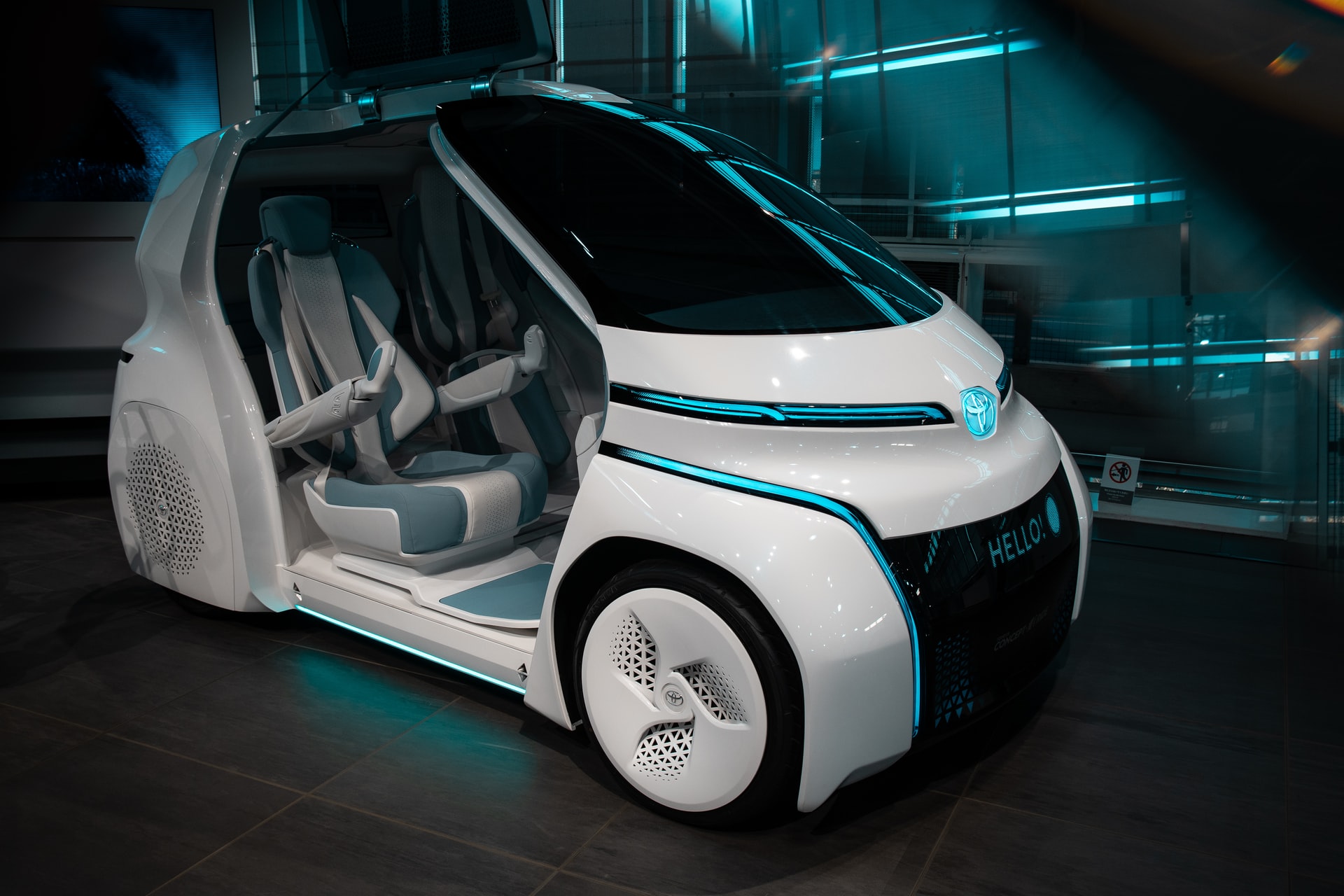 Cars have been around since the late 1800s. A lot has changed since pioneers like the Model T, and the car industry is still developing. What are the biggests trends shaping its future?
Cars have been around since the late 1800s. A lot has changed since pioneers like the Model T, and the car industry is still developing. What are the biggests trends shaping its future?
Table of Contents
1. Government pushing for electric cars
The pandemic is indeed a huge catastrophe and so will future pandemics (sadly) also be. Climate change, however, is arguably still the biggest threat to human existence. Left to its own devices, it will make life extremely difficult for everyone – and the clock is ticking.
CO2 from cars is responsible for 12 % of the emissions in the EU. In order to combat this, the EU is making sure that car manufacturers produce cars that are more environment-friendly. Companies face fines if they don’t follow the regulations. The goal between 2015 and 2019 was for passenger cars to only emit 130 grams of carbon dioxide per kilometre.
In 2019, the average for new cars in the EU28, Iceland and Norway were 122.4 g CO2/km. By the end of 2021, the goal is for new cars to have an average of 95 g CO2/km. This is significantly lower than the first goal.
What does this actually mean? Well, it means that manufacturers must make electric cars or hybrids in order to be able to reach the target emissions. It’s not enough to focus on low emission fossil fuel vehicles. It will force a switch to electric cars – which many customers are welcoming.
2. People pushing for electric cars
Thankfully, people all over the world want to do their part. Through their purchasing habits, customers are pushing companies to go green. The same goes for the car industry. In Norway, the sales of electric cars went up by 30 % between 2018 and 2019.
This of course coincides with the fact that electric cars have gotten a massive overhaul in recent years.
3. Electric cars are getting better and “cooler”
The first electric cars were small, had small batteries and were sort of limited in their usage. You couldn’t have many passengers, you couldn’t drive for long without charging and the cars weren’t especially fast. All of that has changed, and is still changing. There are electric supercars and SUVs now and they can drive for hours without charging.
Additionally, the boxy and awkward design is gone. Most of them look like any regular car or have the look of a sports car – or look like they’ve been taken straight out of the future. Today, electric cars are cool and have become status symbols like Ferrari and Porsche used to be. And huge trucks that emit lots of CO2, like the Hummer, are just not “cool” anymore.
That’s not entirely true, of course. Huge trucks are still popular but now they´re electric. The Hummer is actually about to make a comeback with the GMC Hummer EV. What’s different this time around?
Yes, you’ve guessed it. It´s electric.
It seems the time to get a car loan and buy an electric car has come. Thankfully, there’s a bunch of great cars coming in 2020 and 2021. Have you heard of the Nissan Ariya? Few cars will be beating its looks next year.
4. Driver-assistance and autonomous vehicles
Ok, so self-driving cars are not here yet, but eventually they will be. Meanwhile, advanced driver-assistance systems (ADAS) will become better. It might not be the same as a fully autonomous vehicle, but you’ll get help parking, holding your lane and keeping the speed limit.
5. Cars are getting smarter
It started with our phones and now everything is becoming smarter. Cars are no exception. It’s rare to see a new vehicle without a connection to Alexa, Siri or another voice-controlled assistant. Such services will continue to develop.
Today, you can tell your car that you´re feeling cold, and soon the seat will heat up. Eventually, every passenger will be able to control windscreen wipers, windows, the car seat and the air conditioner with their voice.
Your car will also be connected to other cars to a bigger degree. Google Maps already connect many drivers and enable you to notify others about accidents, traffic jams and even traffic enforcement cameras. Teslas are connected like a hive mind where the artificial intelligence systems are able to learn from all the vehicles in the fleet.
Technology is not just changing the way we drive cars, but also the way we buy cars. More and more services make it possible for people to get around, without owning a car. Apps enable you to borrow other people’s cars and services like Uber makes taxis more affordable. The future is shared.
Such developments are also related to the common goal of saving the planet. With fewer people driving, less resources are used and less CO2 is emitted. It seems that the old phrase “sharing is caring” was right.